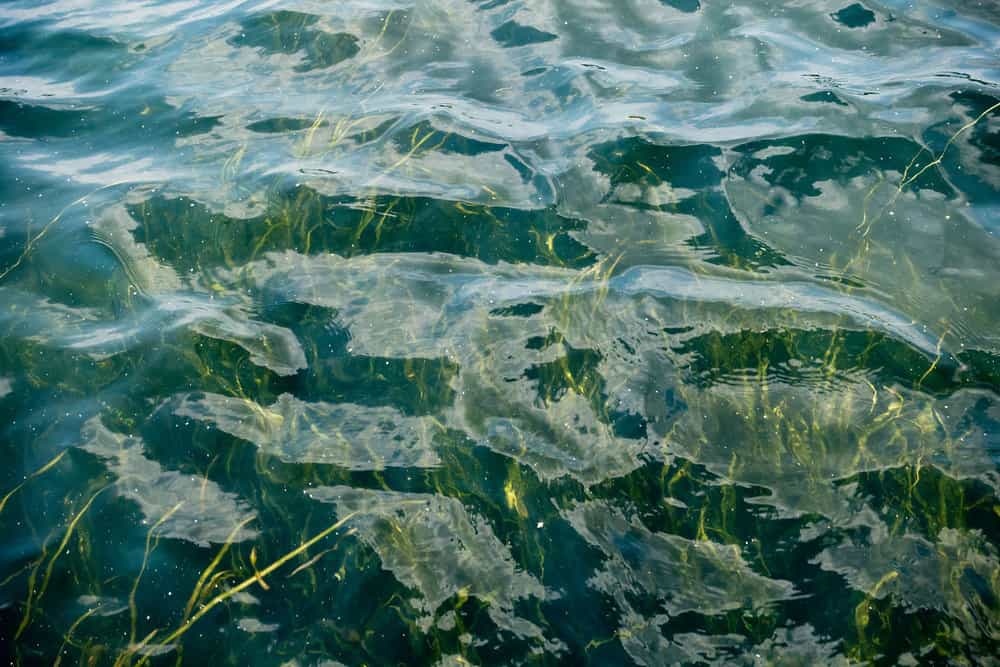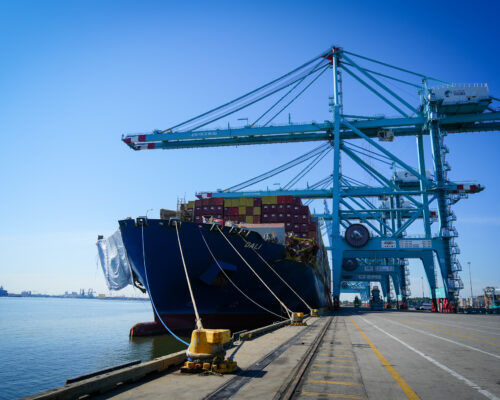The Chesapeake Bay got its report card for 2017, and overall, it earned a C for the fifth straight year.
The University of Maryland Center for Environmental Science (UMCES) scored the Bay a 54%, considered a C. The overall grade is based on a set of indicators that include: levels of dissolved oxygen, nitrogen, phosphorous, chlorophyll a, water clarity, and the health of aquatic grasses, crabs, striped bass, Bay anchovy, and benthic organisms (those who live at the bottom of the Bay).
Out of fifteen regions measured, eight improved their scores from 2016 to 2017. The report finds the best-ranked region was the Lower Bay, while the Patapsco and Back Rivers, around Baltimore, was the worst. The Elizabeth River and James River both saw record-high grades.
Despite the overall C grade, the report’s authors say, “Bay health shows a significantly improving trend from 1986−2017. It is encouraging to see health improving despite many pressures on the Chesapeake Bay and its watershed.”
One sign that things are turning around, according to UMCES, is that the Bay’s “dead zones” are getting smaller, and ending earlier in the season. That may indicate that efforts to reduce runoff nutrient pollution in the Bay are paying off.
A new study shows dead zones– areas with not enough oxygen– are beginning to break up earlier in the fall. UMCES scientists looked at 30 years of data on dead zones and nutrient levels. They found that in the saltier, lower part of the Bay, oxygen is replenishing itself late in the summer. That’s shrinking dead zones by fall.
“This study shows that water quality monitoring programs that have been in place for decades are beginning to reveal fundamental information on the nature of change associated with the Chesapeake Bay’s dead zones,” said Peter Goodwin, president of the University of Maryland Center for Environmental Science. “…Even more exciting, natural responses to cleaning the water are kicking in.”
UMCES scientist Jeremy Testa and his team studied why dead zones start the summer larger and get smaller in August. They found that a complex chemical process kicks on, allowing the Bay to begin cleaning itself.
Testa, assistant professor at UMCES’s Chesapeake Biological Laboratory, explains, “We envision that this is how the Bay would’ve typically functioned before dead zones were such a severe problem.”
The Chesapeake Bay Foundation (CBF) sees it as a sign of hope. “New research indicates that as pollution is reduced and the dead zone gets smaller, one of the negative feed-back loops that feed late summer algae blooms is uncoupled. This change in the Bay’s natural processes, while still in its early stages, bodes well for the Bay’s recovery,” CBF Director of Science and Agricultural Policy Beth McGee said in a statement.
The paper “Season-specific trends and linkages of nitrogen and oxygen cycles in Chesapeake Bay” by Jeremy Testa, Michael Kemp, and Walter Boynton was published in Limnology and Oceanography.
-Meg Walburn Viviano




